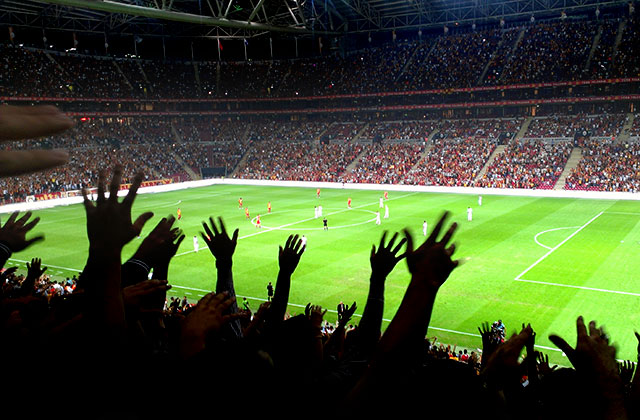Twelve months previously, Dundee were saved from liquidation after poor gates had contributed to large debts and the part of the new committee’s strategy was increase attendances by relocating to the new ground. It was a move that paid off, as the crowds started to flock to Dens and with Dundee now regularly playing in the dark blue of Our Boys, they finished as runners-up in the Scottish League championship three times within the next decade.
Silverware was also just around the corner and in 1910, Dundee won their first major honour when they brought home the Scottish Cup for the first and to date only time in the Club’s history. After a marathon ten game campaign, Dundee won the oldest football trophy in the world after a 2-1 win over Clyde at Ibrox in the second replay. Jimmy Bellamy scored the equaliser after the Bully Wee had taken the lead and it was John
Sailor’ Hunter who wrote his name into Dundee folklore by scoring the winning goal.
It would be another forty-one years before Dundee would win another major honour, although they did reach the Scottish Cup Final again in 1925 when they lost 2-1 to Celtic who scored two late goals after Davie McLean gave Dundee a half-time lead.
However it wasn’t until after the Second World War that Dundee emerged as a major force in the Scottish game when managing / director George Anderson built a side that was to challenge for honours. Having been relegated on the eve of War, Anderson lead Dundee to back to back B Division championships, having been denied promotion in the 1945/46 season as the Scottish League gave clubs a years grace to get players back from the armed forces and soon they were challenging for the A Division title.
Anderson would tell the players to ‘go out and enjoy themselves’ and he liked to encourage attractive football and Dundee’s first season back in the top flight was rewarded with a fourth place finish, their highest placing for twenty-six years.
